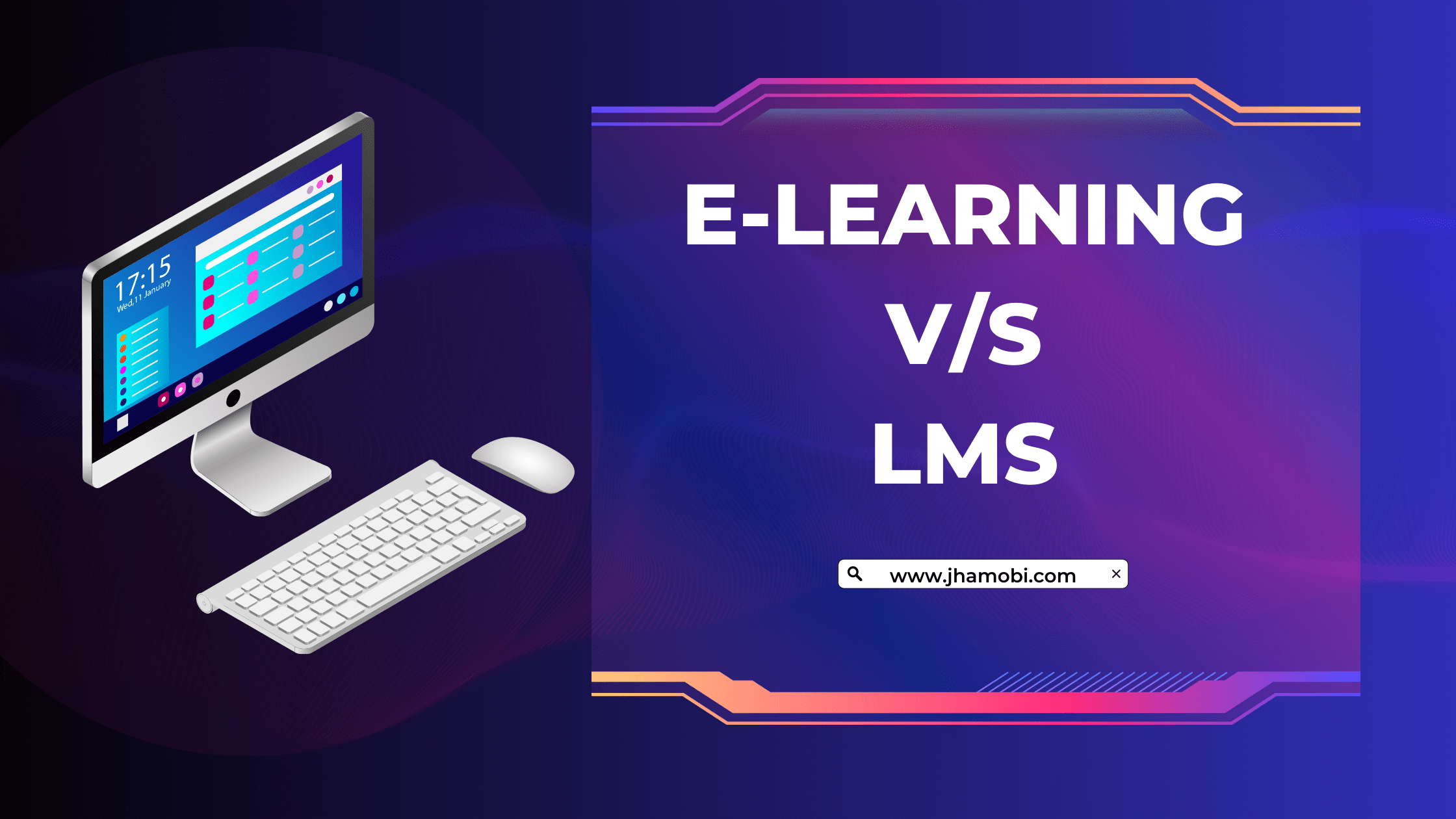
In the context of education and training, an e-learning platform and a Learning Management System (LMS) serve similar purposes but have some key differences. Here are the differences between an e-learning platform and a learning management system (LMS):
1.Differences Related to Scope and Focus:
- E-Learning Platform: An e-learning platform primarily focuses on content delivery, interactive learning experiences, and engaging learners through multimedia, gamification, and social learning features. It aims to provide a comprehensive virtual learning environment for learners.
- LMS: A learning management system is more focused on managing and administering learning activities. It handles tasks such as course creation, enrollment management, tracking learner progress, and generating reports. The primary goal of an LMS is to streamline the learning process and facilitate efficient management of educational or training programs.
2.Differences Related to Features and Functionality:
- E-Learning Platform: E-learning platforms typically offer a wide range of features to enhance the learning experience. They may include video lectures, interactive quizzes, discussion forums, virtual classrooms, peer interaction, and personalized learning paths. They prioritize learner engagement, collaboration, and accessibility to learning resources.
- LMS: LMSs provide features centered around administration and management. They include course management tools, enrollment management, tracking and reporting learner progress, assessment management, grading, and analytics. LMSs focus on organizational efficiency, tracking learner performance, and ensuring compliance with training requirements.
3.Differences Related to Target Audience:
- E-Learning Platform: E-learning platforms are often designed for a broad audience, including individual learners, students, and professionals seeking self-paced or instructor-led online courses. They cater to a diverse range of learners with varying interests and goals.
- LMS: LMSs are commonly used in educational institutions, corporate training departments, and organizations delivering employee development programs. They are primarily designed for administrators, instructors, and learners within a specific organization or institution.
4.Differences Related to Content Aggregation:
- E-Learning Platform: E-learning platforms can host content from various sources, including courses from multiple providers, individual instructors, or educational institutions. They may offer a marketplace-like structure where learners can explore and access a wide range of courses from different creators.
- LMS: LMSs often focus on hosting and delivering content created by the organization or institution that utilizes the LMS. They provide a centralized repository for internally developed courses, training materials, and resources.
5.Differences Related to Integration and Customization:
- E-Learning Platform: E-learning platforms may offer integration with third-party tools and services, allowing users to incorporate additional functionalities, such as video conferencing tools, collaboration software, or analytics tools. They may also provide customization options to instructors or content creators, enabling them to tailor the learning experience.
- LMS: LMSs often support integration with other systems, such as HR systems or student information systems, to synchronize user data, enrollment information, or performance data. They prioritize customization options for administrators to align the LMS with their organization’s branding and specific requirements.
It’s important to note that these differences may not be absolute, as some e-learning platforms may incorporate LMS-like features, and certain LMSs may include elements of an e-learning platform. The specific features and capabilities can vary across different platforms and systems. In some cases, an e-learning platform and an LMS can be integrated, where the e-learning platform serves as the front-end interface for learners, while the LMS handles the backend management and administration of courses. This integration allows for a seamless learning experience while leveraging the powerful features of an LMS for course management and tracking. Know More.
JhaMobi LMS is India’s one of the first B2B LMS providers that offer end-to-end solutions to HEIs (Higher Education Institutes). JhaMobi LMS offers personalized and customized Moodle LMS equipped with more features and kickass UX to make it aligned with customer requirements. It provides integrated LMS+ERP+Content software solutions for HEIs.
